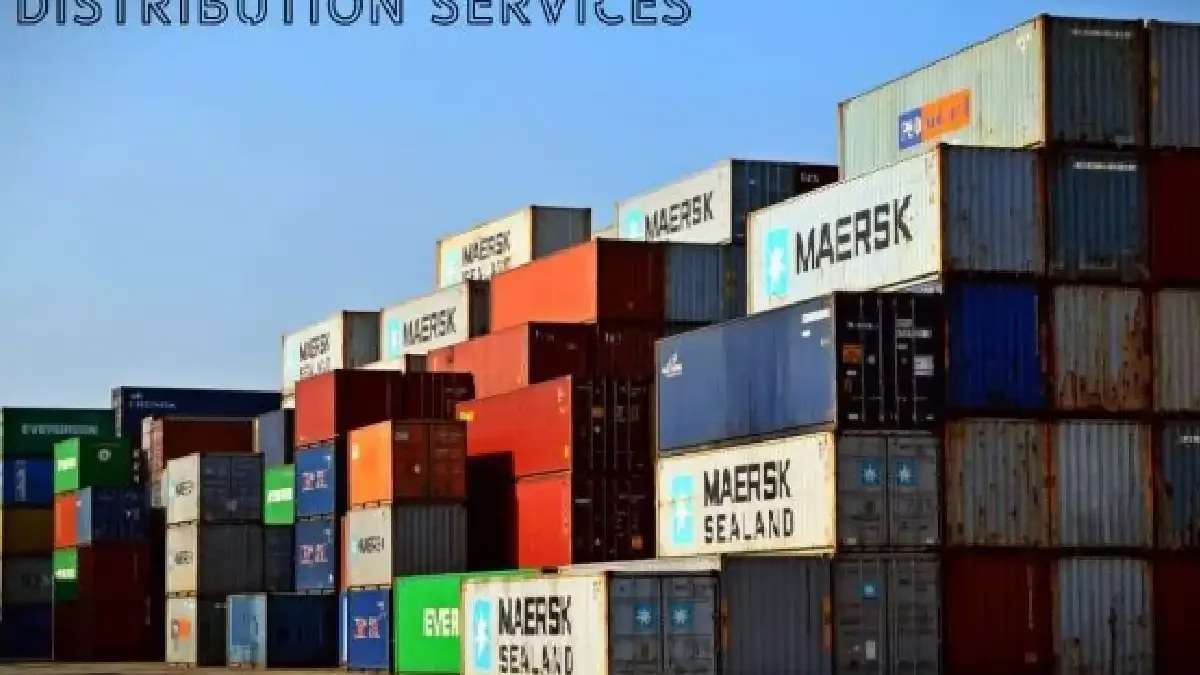Distribution Services Several years ago, the manufacture, distribution, and sale of a product were so simple that the company owner could do everything. But, time passed, industries evolved, and commerce itself: was necessary to transport goods from one city to another. Take them to department stores, and use ships and railways to reach abroad.
Table of Contents
What is distribution?
Also known as “place,” distribution refers to the set of activities that allow the issuance of a company’s products to the different places or points of sale where they will be available for the offer and sale to consumers.
From the point of view of marketing, distribution is one of the four elements that make up the “4 P” of Marketing: product, place, promotion, and price.
The main objective of distribution is that the products are available to consumers in the right place, in the right quantities, in the right conditions for consumption or use, and at the right time. In other words, distribution seeks for. The product to be where it is most accessible to most consumers who are part of the market, in the quantity and ideal conditions for consumption, and at the right time. This last point refers to the seasons of the year, the celebrations (Christmas, Easter, Mother’s Day, etc.).
Distribution channels
Also known as sales or marketing channels, distribution channels are the routes used to distribute products to the opinions of purchase where they will be on display and available to consumers for purchase.
direct channels. In this channel, companies sell their products directly to the final consumer, thereby avoiding the presence of intermediaries. This channel is used by small companies that manufacture their products or provide a service, using a website and social networks, phone calls, home visits, or deliveries at a common point, to name a few.
Using the direct distribution channel allows greater control over the production and sale of products: it ensures delivery conditions and thus improves customer service. It even facilitates the implementation of the post-sale service, which will give added value to the company.
Indirect channel. In this type of channel, one or more intermediaries intervene so that the product reaches the final consumer. For example, the manufacturing company sells its products to an intermediary, who will be in charge of making the products available to another intermediary or the final consumer.
The intermediaries that are part of the indirect channel are usually
Agents. They are companies or people who sell the products or services of a company as “representatives.” Some examples of this type of intermediary are insurance agents.
Wholesalers. These people or companies buy products in bulk. Usually from the producing companies, and then sell those products to other intermediaries (retailers or retailers), also wholesale. These companies do not sell to the final consumer. Distributing and importing companies are an example of this type of intermediary.
Retailers. Also known as retailers, they are the companies or people who buy products from the production companies or wholesalers and then sell them to the final consumer. It is possible to find grocery stores and self-service stores among the retailers.
With the presence of intermediaries, it is possible to create two types of distribution channels:
Short channel. There is only one intermediate between the producer and the final consumer. That is to say: the producing company sells to the retailer. Who, in turn, makes the product available to the final consumer.
There is more than one intermediate between the producer and the final consumer. First, the producing company sells to the wholesaler, who sells the product to the retailer. The latter will be the one who makes the product available to the final consumer.
Conclusion
The world is affected at a quicker pace than ever. Now that the Earth is one big global village. Distribution and logistics have become an integral part of businesses, big or small. We suggest a full menu of logistics services, from basic warehousing to inventory management. Pick and pack operations, transportation, and distribution. Our facilities can also be upstream, such as produce site and excellence control, ordering, and customs clearance

